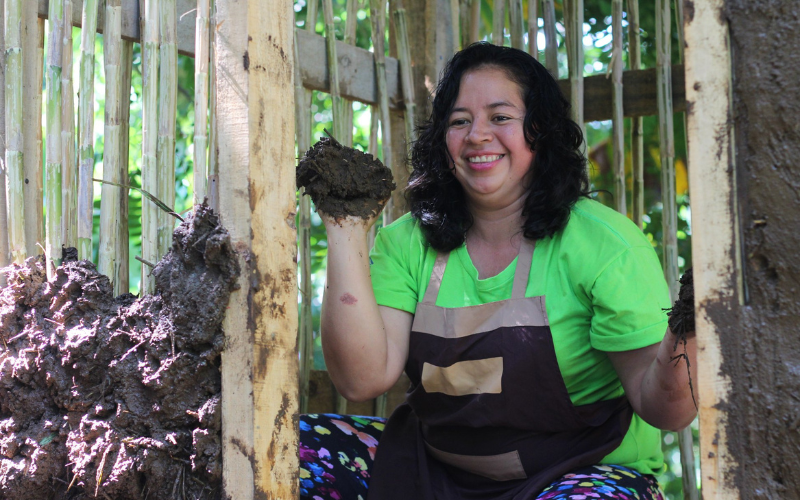After deadly earthquakes hit West Sumatra, Indonesia in 2007 and again in 2009, the non-profit Build Change stepped in to help families rebuild safer homes. Their core belief is simple: earthquakes don’t kill people—poorly built buildings do.
Build Change trains homeowners, builders, engineers, and government officials to construct earthquake-resistant homes. They guide families through rebuilding, offering on-the-job training, design support, and education on safer building practices. They also work with schools and community groups to raise awareness and build long-term local skills.
In areas like Padang, where over 200,000 homes were damaged in 2009, most people lacked the money or knowledge to rebuild safely. Although the government offers a grant of $1,700, it only covers about half the cost of a safe home. Build Change helps homeowners use this grant wisely and fill in the gaps, sometimes with support from grants, donors, or microloans.
Rather than building one-size-fits-all homes, Build Change supports homeowners in choosing what works best for their budget, lifestyle, and land—whether timber-framed homes or safer masonry ones. They also reuse old materials and promote eco-friendly construction.
The impact has been significant: over 12,000 homes improved, 50,000+ people safer, and thousands trained in safe building techniques. None of the homes built to Build Change’s standards collapsed in later earthquakes.
Their model is now used in China and Haiti, proving that it can work in other disaster-prone countries. By focusing on both people and systems, Build Change is changing how homes are built—and lives are protected—for good.












